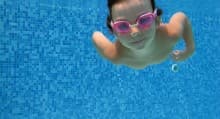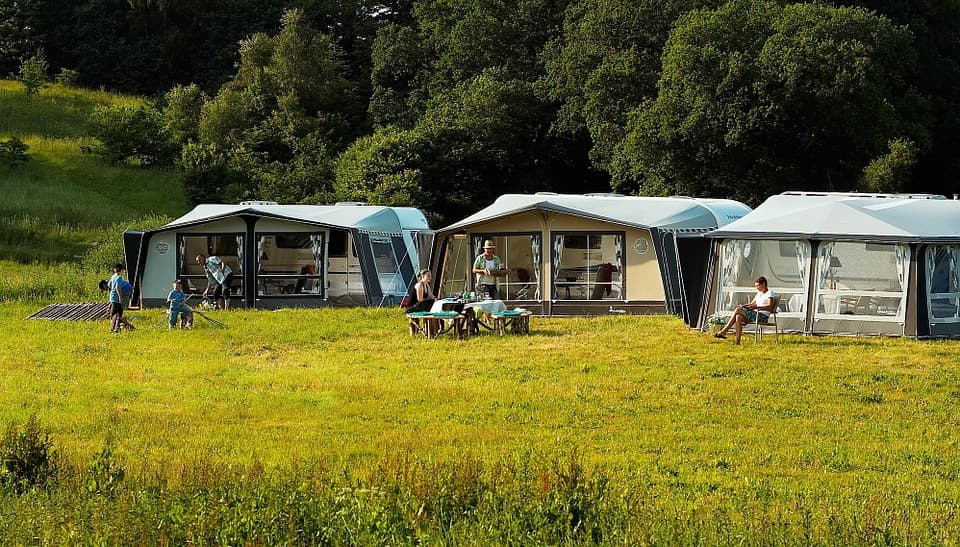Swimming Safety Checklist
5.0 stars
Scores 4.80 with 79 votes

- Can be packed in a bag or worn under clothes or suit cover-ups for easy changing.
- Large t-shirts or wraps will cover exposed skin.
- Include dry under-garments.
- These should meet all federal safety requirements
- Should be at least SPF 15; at least SPF 30 for children and infants.
- Blow these up beforehand.
- Bandages and antiseptic wipes are quick fixes for minor injuries
- Wet bathing suits can cause rash and discomfort, and may increase risk of sickness and infection.
- Rinse off seawater or chlorinated pool water before changing.
- Place in a ;separate ;plastic bag.
- Shake out towels, empty shoes and bags at a safe distance.
- If you haven't done so already, sign up for lessons. Start instructing children as early as possible.
- All public pools and beaches have signs with important safety rules or designated swimming areas. Make sure you read these before you enter the water.
- Cold water can be a shock to your system, and may make it harder to swim.
- ;No one can predict hidden dangers, like sudden storms or rip currents. The same goes for poolside swimming - be prepared for the unexpected.
- Swimming on a full stomach can cause cramps.
- Always swim with a partner. ;Even experienced swimmers are ;susceptible ;to muscle cramps or exhaustion, which might make it difficult to reach safety. Doubling up or swimming in groups makes it easier to get help.
- If you're not a strong swimmer, or are feeling tired, stay close to the shallow area and use a flotation device.
- Swimming in a lake or ocean requires more effort, due to water currents.
- Learn basic CPR skills. These invaluable life-saving techniques can be especially helpful if you are at a pool party or private home where no lifeguard is available.
- Take breaks and drink plenty of water.
- The sign is there for a reason...surfaces are slippery and dangerous
- Some pools forbid diving, while other's insist on swimming caps for swimmer's with long hair. Know the rules before you go.
- Swim courteously, especially if you are swimming laps or are nearby others who are.
- Swim parallel to the shore ;until you are free of the current, while gradually making your way back to shore. If you're unable to swim away from the current, stay calm and float with it until the current slows down. Then swim to shore.
- Avoid all coral reefs. Wear water shoes in rocky regions, or search for sandy-bottom areas.
- Not only can sand can get hot enough to burn, it can hide hidden dangers like sharp rocks or broken glass. Tread carefully!
- Even small ones sting if you accidentally touch them.
- Don't let your things get swallowed up by sand!
5.0 stars
Scores 4.80 with 79 votes
At the beach, or lounging poolside? See our Swimming Safety Checklist for tips on how to stay safe wherever you take a dip this summer.
Related Checklist

Cleaning
Michelle.Tako

Daily To Do List
Checklister
Related Checklist Templates
More Checklist Templates
"Swimming Safety Checklist" not suitable?
Search the World's largest free library of checklist templates







